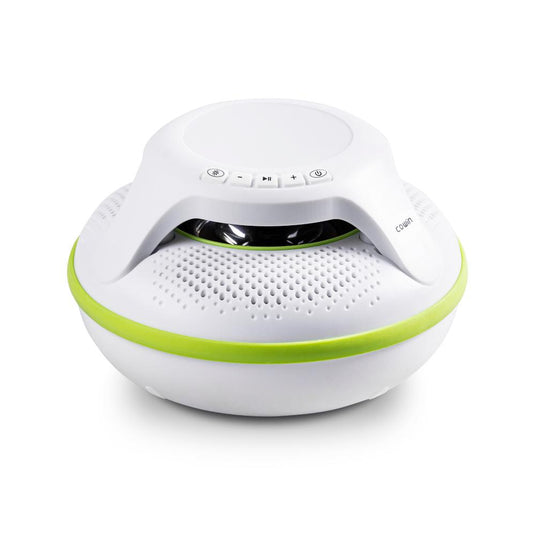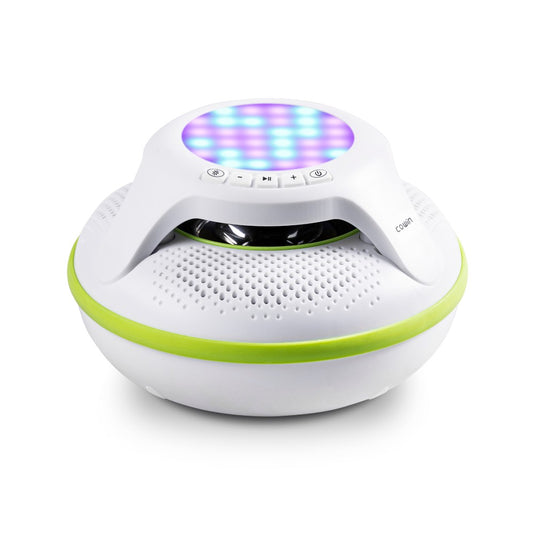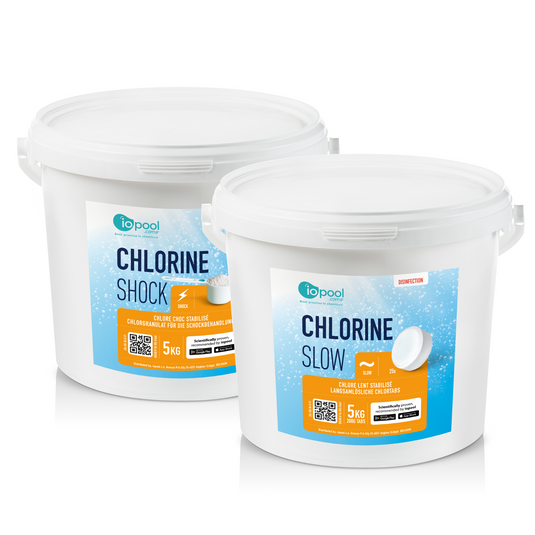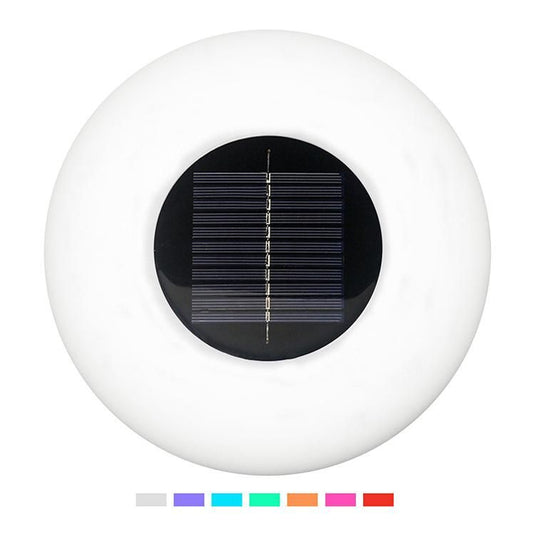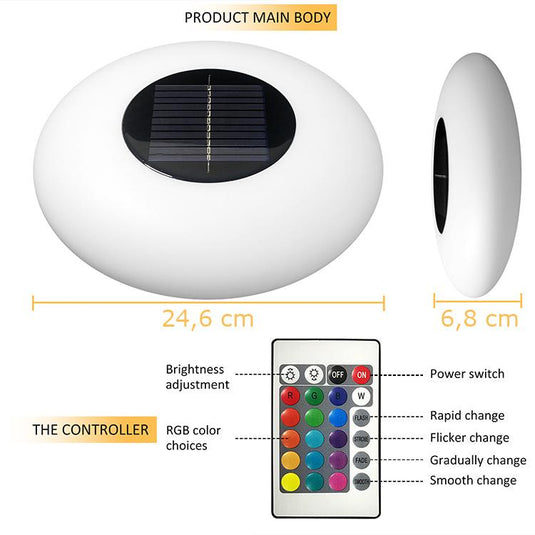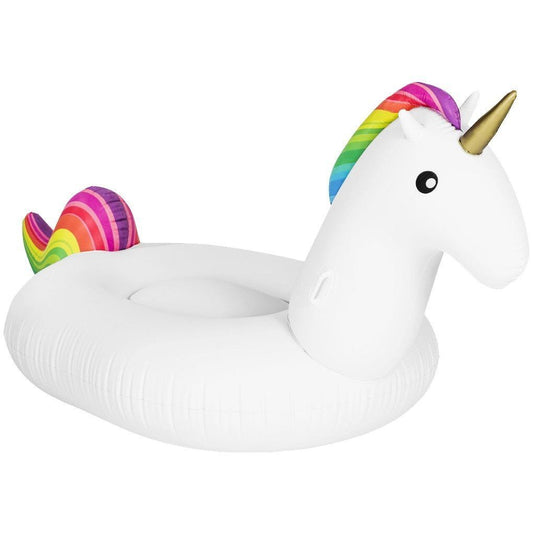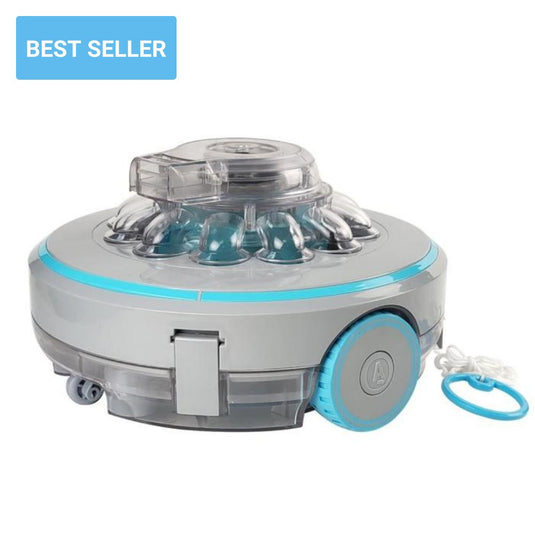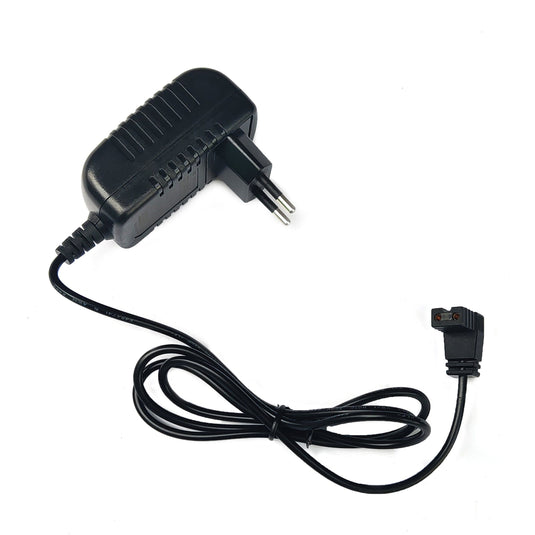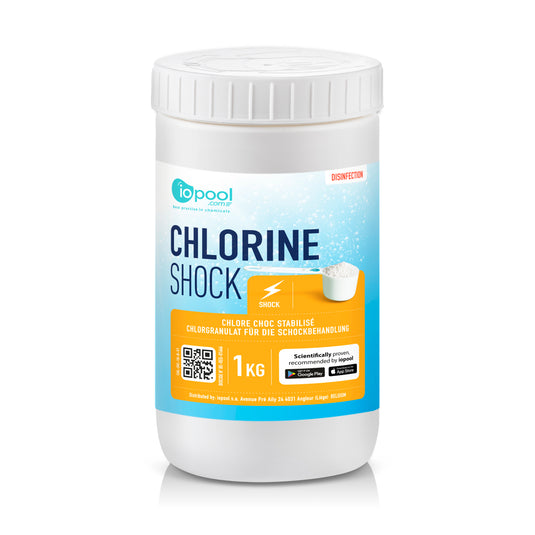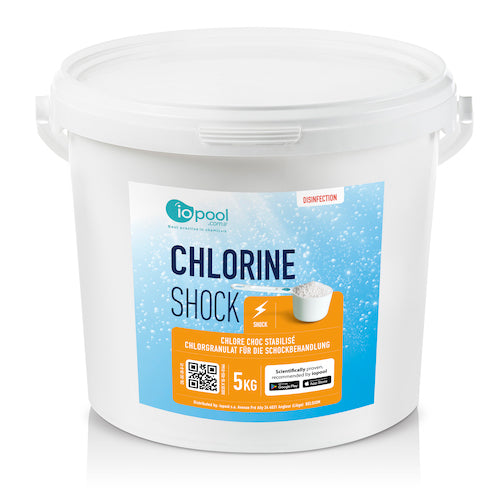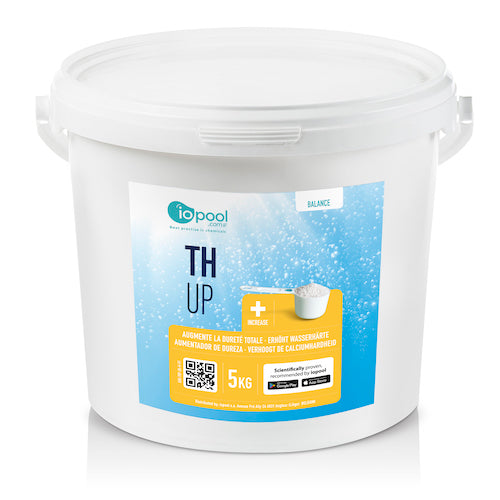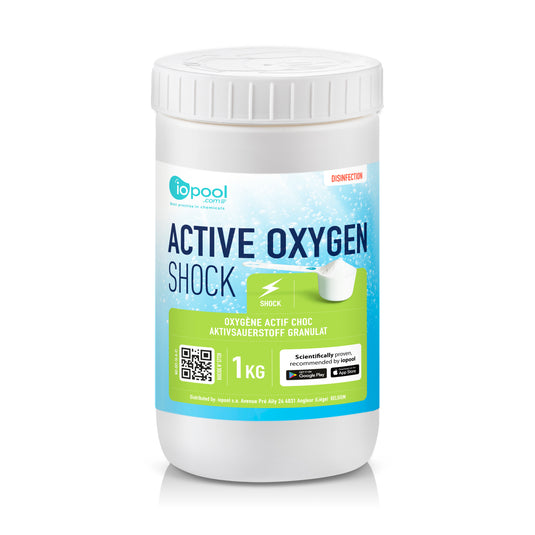When The Water Lacks Clarity
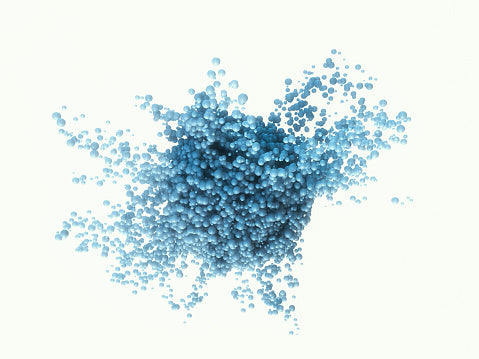
What a frustrating incident... You care so deeply for your pool and slowly (or suddenly), your pool turns cloudy. Diving in it almost feels like a danger, as if you were about to penetrate a murky dimension. Usually, a pool clarifier/flocculant can solve this problem.
Clarifier: What Is It & How Does It Work?
The clarifier'scope is to agglomerate the tiny particles that make your water cloudy together, making it easier for the filtration system to capture those uninvited debris. This is called flocculation.
Indeed, these debris are so small, that they hang in the water and pass through the filtration, going back in your pool despite the long filtration hours.
They typically contain substances like polymers or flocculants that bind together small particles. Once these particles clump together, they form larger masses that can be filtered out more efficiently.
Different types of pool clarifiers are designed to sort various pool issues: it is always better to compare products when possible.
It is usually terribly efficient!
💡Most clarifiers also contain a molecule (like Quaternary Ammonium) that breaks down the oily components, enhancing your pool's cleaning and filtration!
How To Use It?
Manufacturers always apply user instructions on their packages, making it hard to miss a step or to destroy your pool. In fact, the dosage will depend on your pool's volume.
Simply Put
- you need to check your pool's chemistry and filtration system. The latter could even be backwashed to ensure an optimal removal of the future agglomerated particles;
- The next step consists in applying the sacred clarifier;
- Activate the filtration will further allow the magic to happen;
- The whole process may be repeated.
A clarifier should be used only if necessary, that is: a manual removal of the debris is impossible (the debris are minuscule).
An overuse of such product is not a genius idea, neither: some components may interfere with your pH balance. The pH balance is often the cause and consequence of pool issues. Tracking your pH level, whether with a sensor, or with test strips, will allow you to adjust it asap.
What About Flocculant? Well... It Is Fairly The Same
The clarifier forms clumps of particles and debris that are then easily filtrated by your system. Meanwhile, a flocculant allows the formation of a heavy, bigger clumps that then sink to the bottom of your pool.
The clarifier…
- does not need extra work: follow the instructions, and the water does the rest;
- is suited for a routine care of your pool;
- is suited for light/moderate cloudiness;
- can boost the overall filtration.
A flocculant…
- quickly agglomerates the suspended debris;
- will require extra work to remove the clumps (manual labor, or the use of a vacuum).
What If The Murky Water Persists?
The basics of a pool's safety rely on your alkalinity, hardness, pH, chlorine level, ORP, filtration system quality. These should be checked consistently, even when your water seems transparent.
If, despite the clarifier/flocculant, nothing seems to make your water transparent gain, it may be time to check your filtration system. The latter should be suited to your pool. Performing a second clarifying process may be worth it. However, if you feel like dropping the ball, seek an expert's opinion.
We May Have What You are Looking For! Here!
Similar blog articles are available…

